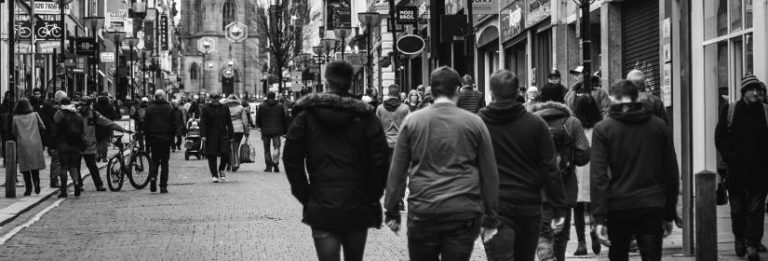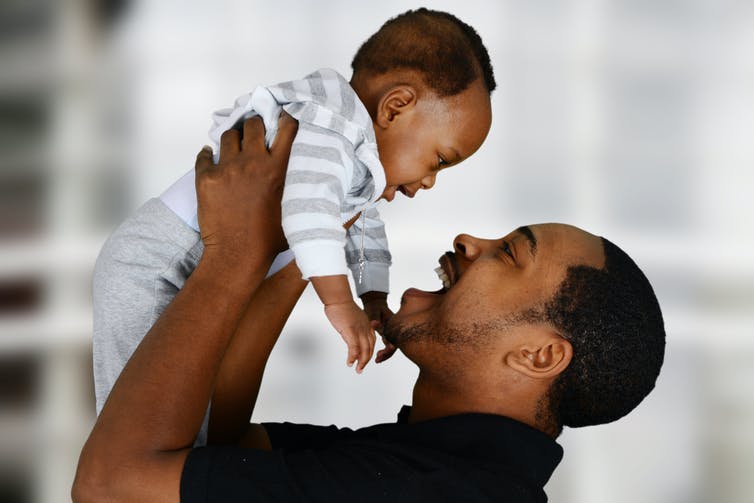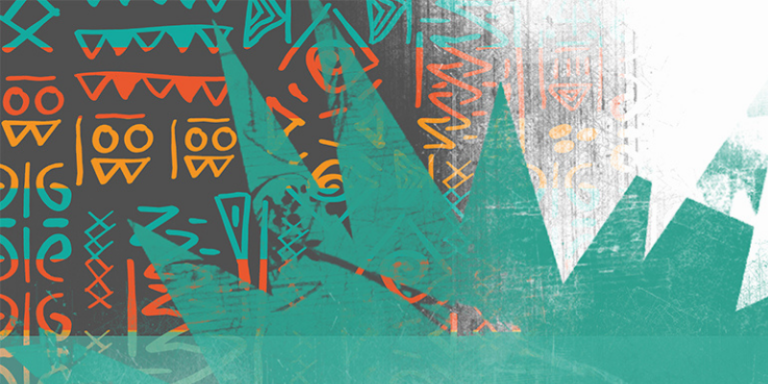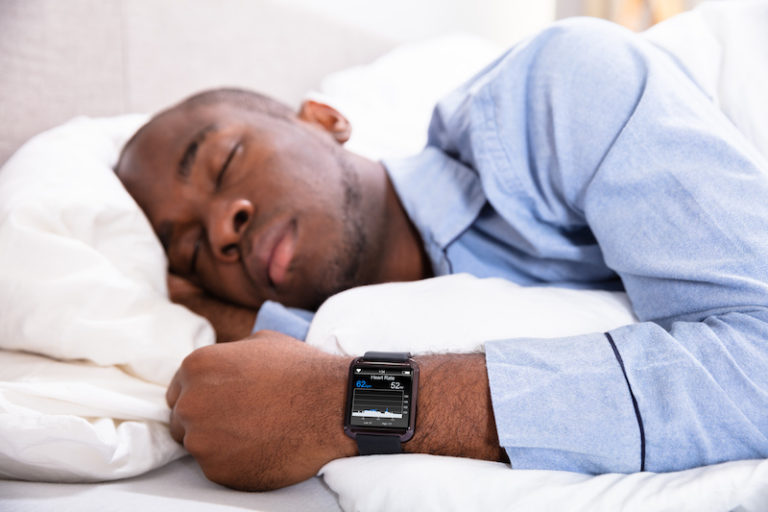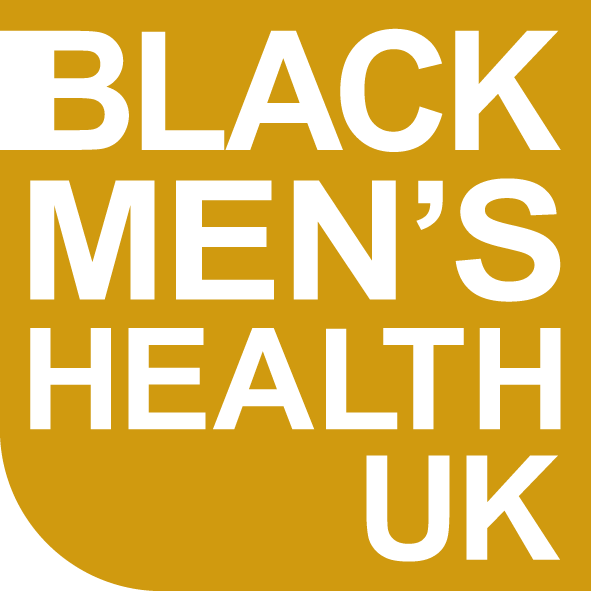Data in England has consistently shown that within the wide category of BAME, groups identified as Black have a pattern of contact with mental health services that can be summed up as follows:
- the darker-skinned you are the more likely it is that you will end up in the most coercive parts of the system
- and the least likely it is that you will be represented in the most therapeutic parts of the mental health system.
This overall pattern has been persistent for over half a century, though there have been changes within broad categories. For example, as the overall numbers of people of black and white dual heritage have increased so have their proportions increased at disproportionately high rates in mental health services.
The questions that are asked are pretty consistent over time: what are the explanations for these patterns and what needs to be done?

Understanding racial inequalities in mental health
These questions often draw perspectives from two separate but overlapping theoretical and philosophical perspectives; critical race theory and critical psychiatry.
At its most fundamental level, critical race theory acknowledges that the concept of ‘race’ is a social construction. The field of genetics is near-unanimous in agreeing that racial categories are neither reliable nor are they useful in identifying the amount of genetic similarity or difference between people. Adam Rutherford’s 2020 book ‘How to argue with a racist’ convincingly debunks the myth of a valid scientific underpinning for racial categorisations.
If you were to ponder for a moment on the range of racial categories that you use, would you place northern Africans with lighter skin, Aboriginals in Australia, Maori people from New Zealand and dark-skinned Brazilians all in the racial category of ‘black’? Categories that seem to make sense begin to lose their value when applied to real people and communities. This is especially so if you bring to mind the range of ‘black’ identities and ponder what ‘black’ culture actually means.
Psychiatric diagnoses are no less scrutinised and critiqued than race. Where psychiatry uses medical diagnoses as a framework for understanding, others see their experiences differently, for example as spiritual awakenings. Often the language of diagnoses is seen as
medicalising people’s responses to trauma in a way that depoliticises inequalities in society. Additionally, it is widely accepted that the reliability of diagnosis is poor – depending on which psychiatrist who assesses, a different diagnosis may be given. When racialised and cultural factors are brought into the equation, this challenge is made more complex. It is not
only that cultural understandings may be lost or misinterpreted; there is also the fact psychiatry is a sub-genre of medicine, a discipline that relies on drug treatment. In looking for an individual treatment, the social disadvantages that shape people’s experiences may not be responded to in a way that is proportionate to their impacts on the person (patient).
Specifically, this individualised treatment approach disproportionately affects groups who face multiple and overlapping social disadvantages. Black people show up disproportionately in those who are disadvantaged in many aspects of the social world: education, house, employment, contact with the criminal justice system, to name a few. The experience of racism shows up both interpersonally and in the systems and structures that lead to the other forms of disadvantage.
Addressing inequalities in mental health
A starting point for attending to the racial inequalities in mental health is to promote a rethink about what is being witnessed when black people have contact with services. Rather than seeing an individual with symptoms, there is value in recognising that their presentation is a symptom of societal weaknesses. Though a personal response is required in a crisis, a structural fix is required long term.
Patterns in data often hold a key to solutions. Seldom is there a single answer but when black people consistently end up in psychiatric services in disproportionately high numbers, and there is nothing about them as that reliable links them as a group genetically, it points to something external.
The main factor that enables the use of the term ‘black’ as a social group is that it is a way of describing people whose place in the world is shaped by racisms of various forms.
Hári Sewell
The main factor that enables the use of the term ‘black’ as a social group is that it is a way of describing people whose place in the world is shaped by racisms of various forms. Until those forms of racism are clear, visible and incorporated into the understanding of individual presentations it is likely that service systems will still lean more towards treating an illness inside people’s heads.


